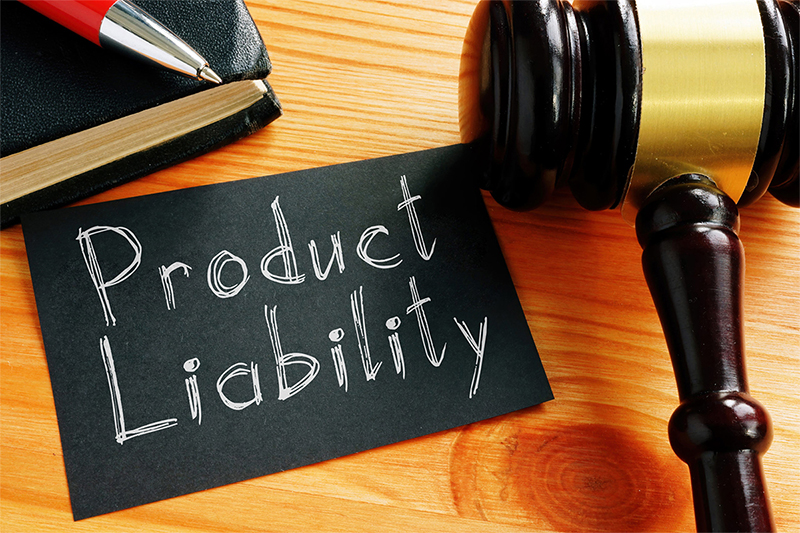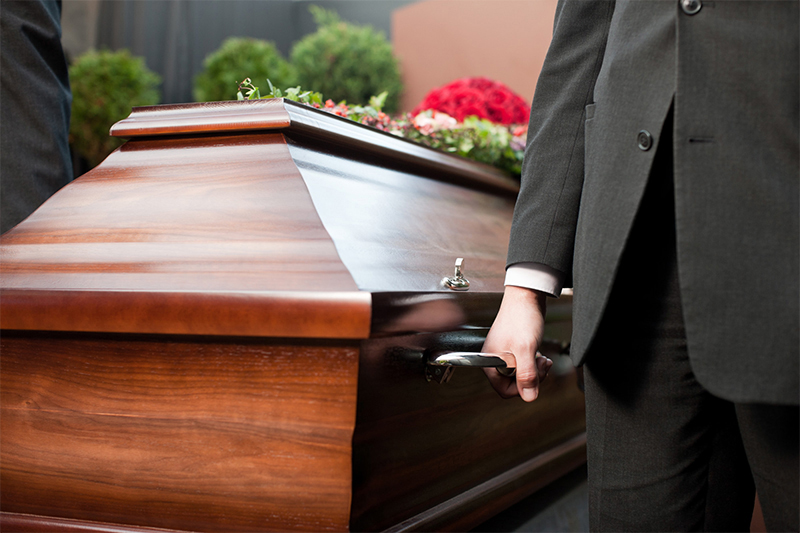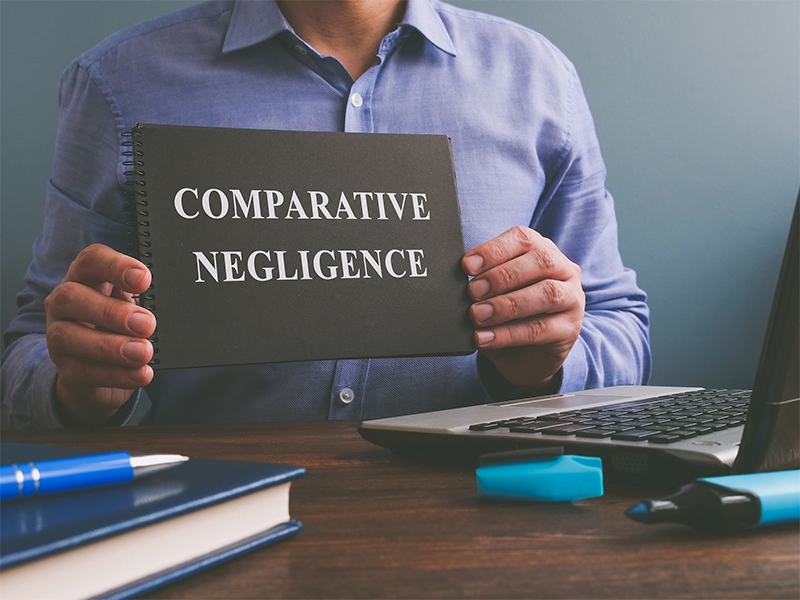New York Personal Injury Laws
Are you a New York resident who wants to understand your rights when it comes to personal injury cases?
Personal injury laws are a comprehensive set of legal principles designed to protect individuals who have been harmed due to the negligence or intentional actions of others within the state.
Covering a wide array of accidents and incidents, these laws aim to provide recourse for those who have suffered physical, emotional, or financial harm due to someone else’s actions.
From motor vehicle accidents to slip-and-fall incidents, medical malpractice to product liability cases, New York’s personal injury laws include various scenarios, offering avenues for compensation and justice for those affected.
We will look into what you need to know if you or a loved one has been injured due to someone else’s negligence. From understanding the Statute of Limitations to knowing your options for compensation, the article covers it all.
Here’s a list of 10 New York personal injury laws:
1. Statute of Limitations for personal injury lawsuits
2. Statute of Limitations for medical malpractice cases
3. Qualified persons are eligible for no-fault benefits in New York
4. Liability for injuries caused by dogs or other dangerous animals
5. Product liability claim laws in New York
6. Requirements for taking legal action against a government agency
7. Wrongful death claims in motor vehicle accidents in New York
8. Liability in slip-and-fall cases in New York
9. Contributory negligence rule in New York
10. Caps on damages in New York for personal injury claims

1. Understanding the Statute of Limitations for Filing Personal Injury Claims
In New York, the Statute of Limitations varies depending on the type of legal action being pursued. For personal injury cases have a three-year Statute of Limitations, meaning the injured party has three years from the date of the injury to file a lawsuit.
For property damage, the Statute of Limitations is also three years, while contract disputes have a six-year limit. However, these limitations can vary based on the specific circumstances of each case. [1]
2. Understanding Statute of Limitations in Medical Malpractice Cases
Medical negligence, also known as medical malpractice, occurs when a healthcare provider fails to provide duty of care expected in their profession, resulting in harm to the patient. It can include a lack of medical care, errors in medical examination, or the overall management of a patient’s care.
Medical malpractice cases have different limitations, allowing you to file a medical negligence lawsuit within two years and six months from the date of the malpractice or the end of continuous treatment. If a foreign object is found in the patient’s body, legal action can be taken within one year of its discovery or when the related facts are found. [2]
In certain situations, the Statute of Limitations can be tolled or paused, such as when the injured party is a minor or incapacitated. The discovery rule may apply, allowing the Statutes of Limitation to start from the date the injury or damage is discovered, rather than the date it occurred.
Failing to file a lawsuit within the specified time period can result in the loss of legal rights and the inability to seek compensation or justice for damages or injuries.

3. Individuals Meeting the Criteria Are Entitled to No-Fault Benefits in New York
In New York, personal injury protection (PIP) or no-fault benefits are available to qualified individuals injured in car accidents. These benefits provide coverage for medical bills, lost wages, and other related costs, regardless of who was at fault in the accident.
To qualify for no-fault benefits, the injured person must file a claim within strict time limits and meet certain criteria, such as obtaining medical treatment within a specified timeframe. It aims to provide prompt assistance to those injured in auto accidents, enabling them to access essential support without the need to establish fault first. [3]
4. Liability for Injuries Resulting From Dogs or Other Hazardous Animals
The owner or lawful custodian of a dangerous dog is responsible for covering medical expenses resulting from injuries caused by the dog to a person, companion animal, farm animal, or domestic animal, except in specific cases noted in the law. [4]
5. The Laws for Product Liability Claims in New York
Product liability claims come under strict liability in which you don’t need to prove negligence on the part of the defendant, which can simplify the legal process and make it easier to recover damages.
In product liability, manufacturers, distributors, and sellers can be held strictly liable for any defects that result in harm to consumers.

6. The Prerequisites for Pursuing Legal Action Against a Governmental Agency
If you intend to file a personal injury lawsuit against the federal government, City of New York, State of New York, or other state agencies, you must submit a notice of claim within a specified timeframe. The notice of claim must include the date and location of the incident, a detailed description of the nature of the injuries sustained, the amount of damages sought, and any supporting documentation. [5]
For lawsuits against the federal government, the notice must be filed under the Federal Tort Claims Act, and for lawsuits against the City of New York, the notice must be filed within 1 year and 90 days from the date of the incident.
7. Filing Claim for Wrongful Death From Motor Vehicle Accidents in New York
The eligible person for death benefits, such as spouses, must file a wrongful death claim in a car accident case within the specified two-year Statute of Limitations from the date of death. [6] To be eligible, the claimant must prove that the death was a result of negligence or wrongdoing by the at-fault party.

8. Liability in Slip-And-Fall Incidents in New York
In New York, the liability in slip-and-fall cases is based on the principle of premises liability. Property owners and occupiers must maintain safe conditions on their premises and prevent hazards that could cause slip-and-fall accidents.
Establishing liability in these cases often requires proving that the liable party was aware of the dangerous condition or should have been aware of it, and failed to take reasonable steps to address it.
9. The Law of Comparative Negligence in the State of New York
In New York, the pure comparative negligence rule is used to determine the amount of compensation that you can receive in a personal injury case. Under this rule, each party involved in an accident is assigned a percentage of fault for the incident. Then your compensation is reduced by your percentage of fault. [7]

10. Caps on Damages for Personal Injury Claims in New York
In New York, there are no statutory caps on damages that may be awarded to plaintiffs in personal injury cases. [8] It means that if you have been injured due to the negligence or wrongful actions of others can potentially recover full and unrestricted compensation benefits for your economic and non-economic damages, such as medical expenses, lost wages, pain and suffering, disability benefits, emotional distress, and other related damages.
Goldberg & Loren is prepared to handle any serious injury case and is committed to providing legal services to achieve maximum payment from an insurance policy. Contact Goldberg & Loren today.
FAQs
Sources:
[1] NYS Open Legislation | NYSenate.gov. (n.d.). https://www.nysenate.gov/legislation/laws/CVP/214
[2] NYS Open Legislation | NYSenate.gov. (n.d.). https://www.nysenate.gov/legislation/laws/CVP/214-A
[3] NYS Open Legislation | NYSenate.gov. (n.d.). https://www.nysenate.gov/legislation/laws/ISC/5221
[4] NYS Open Legislation | NYSenate.gov. (n.d.). https://www.nysenate.gov/legislation/laws/AGM/123
[5] NYS Open Legislation | NYSenate.gov. (n.d.). https://www.nysenate.gov/legislation/laws/GMU/880
[6] System, N. Y. S. U. C. (n.d.). Statute of Limitations chart | NY CourtHelp. Copyright © 1996-2022 Office of Court Administration, the New York State Unified Court System – ALL RIGHTS RESERVED. Without Prior Written Consent, Any Form of Copying or Alteration Is Strictly Prohibited. https://www.nycourts.gov/courthelp/goingtocourt/SOLchart.shtml
[7] NYS Open Legislation | NYSenate.gov. (n.d.). https://www.nysenate.gov/legislation/laws/CVP/1411
[8] Fact Sheet: Caps On Compensatory Damages: A State Law Summary. (n.d.). centerjd.org. https://centerjd.org/content/fact-sheet-caps-compensatory-damages-state-law-summary

